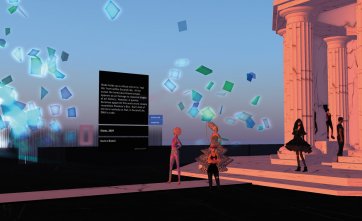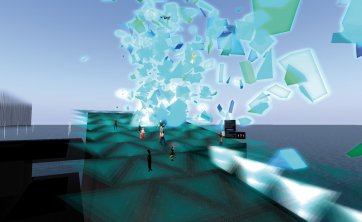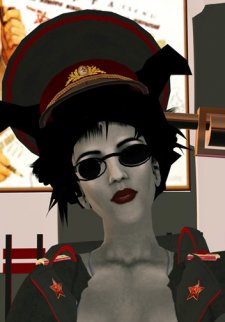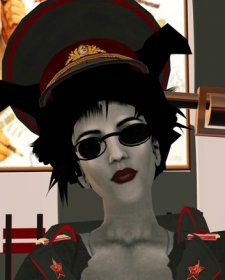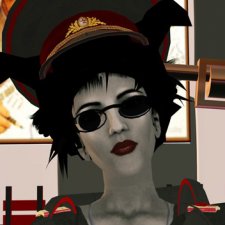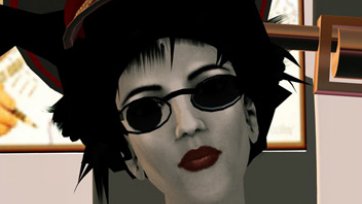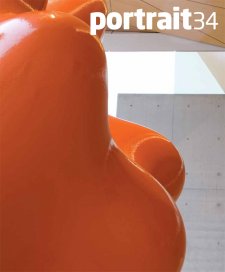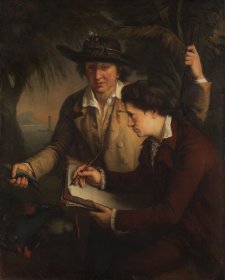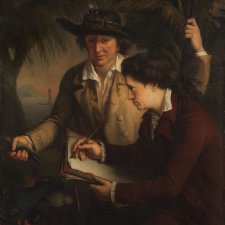I wonder, if people were afforded a second life, how would we choose to live it? Sure, we’d all have a few ideas - rich? perhaps; famous? maybe; beautiful? probably - but if it really came down to it, would our second life be that different from our first? Debates about personal agency and fate aside, would we really be able to live as a different person?
The virtual world, an interactive environment that exists solely on the internet, has been fodder for science fiction stories for many years. While virtual reality may not have reached the stage of complete corporeal submersion in the network, famously depicted in such films as Lawnmower Man and The Matrix, advances in 3d technology provide an opportunity to experience 3d virtual worlds through the creation of an avatar; a digital representation of ourselves.
One of the most popular of these online environments is Second Life, a downloadable program which enables people to customise avatars and walk, fly or teleport to islands created by other users and to communicate using text or voice chat with the 70,000 ‘residents’ from all over the world online at any given time.
The National Portrait Gallery’s doppelgänger exhibition is displayed on Portrait Island, a virtual exhibition space in Second Life constructed by the Gallery, and features the work of five leading media artists interested in exploring the concepts of constructed self, identity, truth and illusion in the digital realm. Drawn from the Norse mythology which prophesised that an encounter with your doppelgänger was an omen of impending death, the title of the exhibition reflects the often fearful societal fascination with the ideas of cloning, cyborgs, replicants and avatars. The artworks in the exhibition break down the perceived line that occurs at the computer screen between real life and the digital realm.
In a world dominated by Google, Facebook and Twitter, where the adage ‘You are what you eat’ becomes ‘You are what you tweet’, the artists investigate and challenge the notion of data as a conduit of identity. While this might suggest the arrival of the ‘posthuman’, a humanity defined by digital connectedness, it becomes clear from an exploration of the works in the exhibition that virtual culture is actually profoundly human. Indeed, the similarities between real life and virtual life prompt reconsideration - not of how real virtual interactions are in Second Life, but just how artificial our human connectedness is. The works in doppelgänger act as a mirror to our humanity, reflecting the insecurities, habits and desires that encode our brittle, elaborate and constructed identities.
doppelgänger features the work of Gazira Babeli, Andrew Burrell, Cao Fei, Patrick Lichty and Adam Nash, Christopher Dodds and Justin Clemens. It will be on display on Portrait Island within Second Life from 23 October 2009 – 23 March 2010 and the exhibition can also be explored via the National Portrait Gallery website portrait.gov.au and in the Project Spaces at the Gallery.

